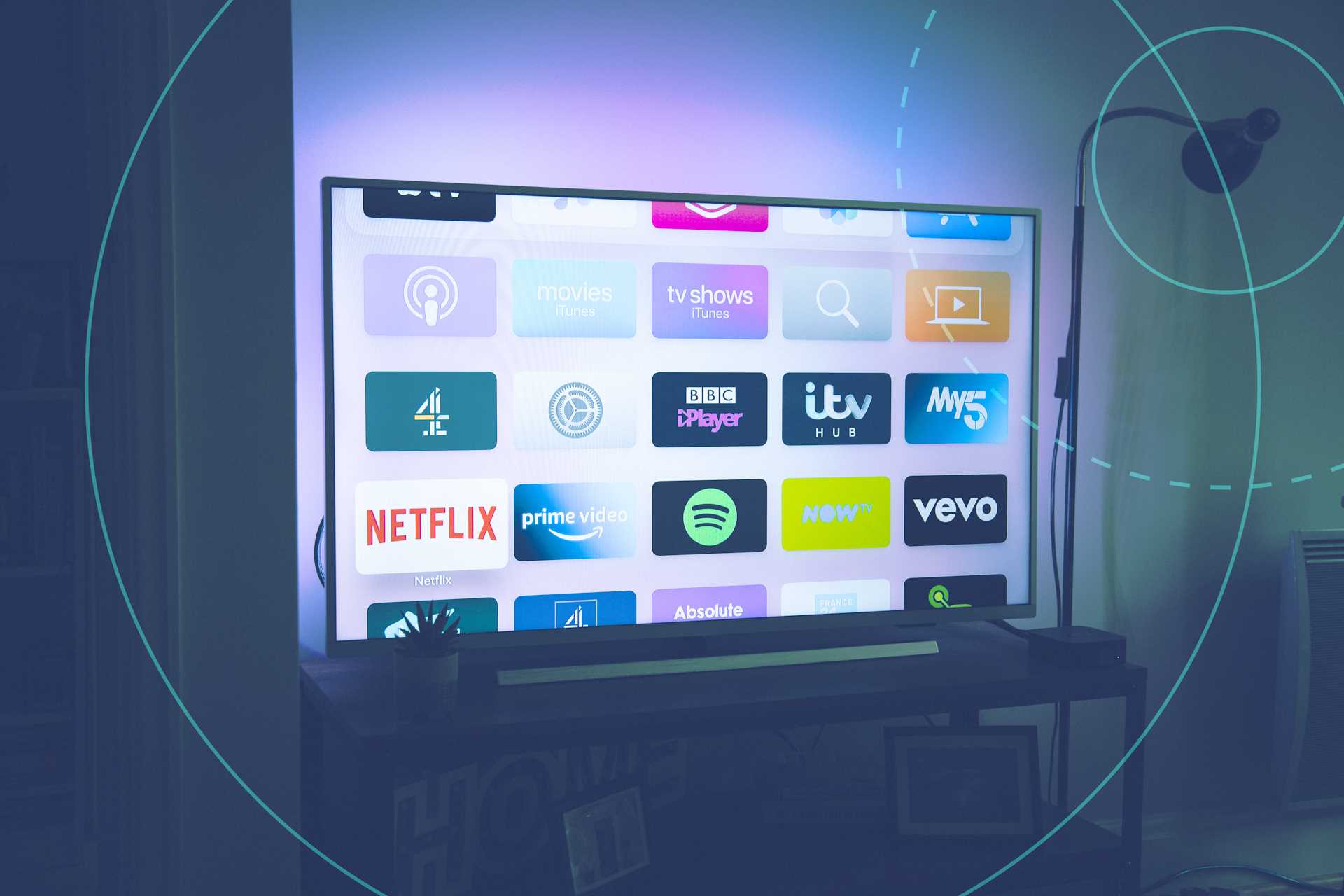Programmatic buyers are an important reason that successful campaigns reach the right audience at the right time
Programmatic media has revolutionized digital advertising by automating the ad-buying process and using data to target specific audiences in real time. It has significantly impacted digital advertising by increasing efficiency, scalability, and targeting accuracy, resulting in more effective and cost-efficient campaigns.
A programmatic media buyer in marketing plays a crucial role in the programmatic advertising process, responsible for purchasing advertising space and time on various media platforms to reach the target audience. In this article, we will explore the typical duties and responsibilities of programmatic buyers, including their roles in campaign strategy, data analysis, and vendor management.
Read more in The Ultimate Guide to Programmatic Marketing.
What Does a Programmatic Media Buyer Do?
A programmatic media buyer is responsible for the strategic planning and purchasing of digital ad space across various online platforms. Common job titles include programmatic media buyer, digital media buyer, and programmatic advertising specialist. Daily tasks include analyzing data to identify target audiences, negotiating with publishers and ad networks, setting up campaigns, optimizing ad performance, and tracking and reporting on campaign effectiveness.
Programmatic buyers play an essential role in digital advertising by automating the process of buying ad space in ways that best serve their market. This allows for real-time bidding and placement of ads, as well as the ability to target specific audiences with precision.
Objectives of Media Buying
Media buying is the process of purchasing advertising space and time to reach a target audience. The main objectives of media buying are to effectively reach the desired target audience, maximize the reach and frequency of ad placements, and achieve the highest possible return on investment for the ad campaign. By strategically buying media, marketers can ensure that their message is seen by the right people at the right time, enhancing the chances of a successful ad campaign.
There are different tactics used in media buying, including programmatic buys, direct buys, and manual buys. A programmatic buy uses automated technology to purchase ad space in real time, targeting specific audiences based on data and algorithms. Marketers typically utilize demand-side platforms to automate the process of buying inventory at scale.
Direct buys involve purchasing ad space directly from a publisher or media outlet, bypassing intermediaries. This tactic allows for greater control over where the ads are placed and at what price. An example of direct buys is negotiating a custom sponsorship deal with a popular website.
Manual buys involve the traditional approach of negotiating and purchasing ad space directly from a media outlet. This tactic is often used for television, radio, and print advertising. An example of manual buys is negotiating rates and placements for a print ad in a magazine. By employing these tactics, marketers can effectively reach their target audience and maximize the impact of their ad campaigns.
Programmatic Media Buyer Roles & Responsibilities
Campaign Strategy and Planning
A programmatic media buyer helps companies design and implement campaigns that align with brand objectives, reach the target audience, and reflect best practices to maximize returns. Campaign planning is a multi-faceted process that requires careful consideration of budget allocation and bidding strategies to achieve success. However, with the right strategy, brands can reach an intended audience with well-positioned ads that engage them effectively.
Data Analysis and Optimization
Data analysis and optimization techniques are essential for refining campaign performance. Programmatic buyers must monitor key performance indicators (KPIs) such as click-through rate (CTR), conversion rates, and cost per action (CPA). By analyzing these metrics, marketers can identify underperforming elements of their campaigns and make real-time adjustments and bidding strategies to maximize performance. For example, if the CTR is low, adjustments to ad creative and targeting can be made to improve engagement.
Continuous measurement and optimization are vital to ensure optimal results. This involves constantly monitoring campaign metrics and making ongoing adjustments. By utilizing data analysis tools and techniques, marketers can identify trends and patterns in their campaign performance, allowing them to optimize their strategies for better results. This iterative process of analyzing data, making adjustments, and measuring results ensures that campaigns are always performing at their best and delivering the highest possible return on investment (ROI).
Ad Inventory Management
Ad inventory management involves negotiating with publishers to secure ad placements, ensuring contextual delivery, and monitoring quality and viewability. Negotiating with publishers is crucial to secure the best ad placements for reaching the target audience. Contextual delivery ensures that ads are displayed in relevant and appropriate content. Monitoring quality and viewability allows for optimizing the performance of ad inventory.
Efficient ad inventory management is crucial for publishers to maximize the value of their ad space inventory, and programmatic advertising services can greatly aid in this endeavor. These services help publishers efficiently manage their ad space inventory by using automated systems to buy and sell ad space. This streamlines the process and allows for real-time bidding on ad placements, making the ad inventory management process more efficient and effective.
Bidding and Auction Management
The process of buying programmatic advertising is resolved through RTB processes that let publishers sell their ad inventory in real time as user requests arrive. Today’s ad ecosystem offers various auction types for publishers to choose from, each with its advantages and level of control.
- Header bidding allows publishers to offer their ad inventory to multiple ad exchanges simultaneously, increasing competition and potentially driving up prices.
- Exchange bidding, on the other hand, is a server-to-server integration that allows publishers to conduct real-time auctions from multiple exchanges, providing more transparency and control over which demand sources participate.
- First-price auction is a straightforward auction type where the highest bidder pays the amount they bid, while second-price auction, also known as the Vickrey auction, has the highest bidder paying the price offered by the second-highest bidder, promoting strategic bidding.
- Private marketplace and programmatic direct offer publishers the most control, as they can directly negotiate deals with specific advertisers and set fixed prices for their inventory.
Overall, each auction type within programmatic advertising offers publishers different levels of control and advantages, allowing them to choose the best option for maximizing their ad revenue.
Compliance and Ad Fraud Prevention
To ensure compliance and prevent ad fraud in digital advertising, active monitoring for irregularities is essential. This involves regularly checking for suspicious patterns in ad performance and traffic sources. Fraud detection tools can also be used to automatically identify and block fraudulent activities. Ad verification processes should be implemented to ensure that ads are being displayed on brand-safe and reputable websites.
Budget Management
Programmatic media buyers often manage digital advertising campaign budgets. They are responsible for monitoring spending, adjusting bids, and reallocating funds as needed to achieve clients' marketing objectives. By continuously monitoring the performance of campaigns and making necessary adjustments, programmatic media buyers ensure that the budget is being used efficiently to maximize results.
Make tvScientific Your CTV Partner
tvScientific was co-founded by senior executives with deep roots in search, programmatic advertising, digital media, and ad verification. We think scientifically, and our results are driven by a belief in one, simple formula: Trust = Data x Transparency x Control.
With powerful attribution capabilities, real-time reporting, automated optimization, and built-in, always-on testing, we believe that tvScientific provides the most robust, transparent, tailored CTV advertising platform. Once you see it for yourself, we know you will too. Request a demo today.






